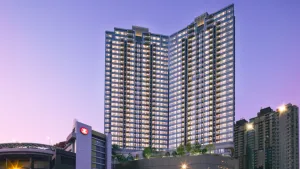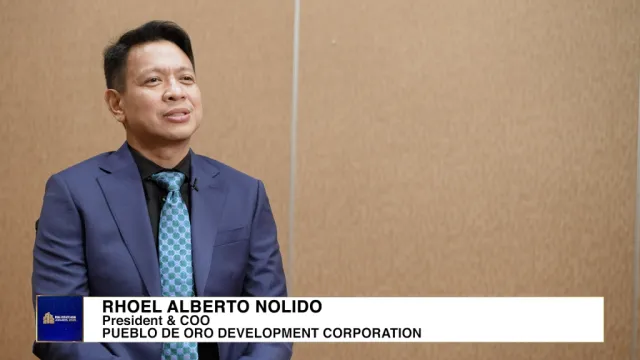News
Singapore’s 2022 office net absorption of 1.15m sq ft breaches records
It’s almost 4 times 2021’s net demand and is 18% higher than the 10-year average.
These segments drove Q4 retail leasing activity in Mumbai
Around 68,000 sq ft of leasing activity was recorded during the quarter.
Hong Kong to see the highest annual retail supply in 20 years
Nearly 4 million sq ft of new supply is expected to come online this year.
Malaysia records 2,560 industrial units under construction
Another 1,702 units are in the planning stage.
Hong Kong luxury apartment rents to rise by up to 5% by year-end
Rents will be subdued in the first half of the year.
Singapore prime office rents grow 5.5% in 2022
Occupancy levels also remained healthy.
How Malaysian retail is adapting to consumers’ changing behaviours
From concept stores to niche groceries to digitalisation efforts, retailers are going all out.
This building is set to be one of Hong Kong’s largest logistics centres
It has a gross floor area of 3.8 million sq ft.
Hong Kong investment volumes to increase by 5% in 2023
But don’t expect much growth just yet early in the year.
Further rental pressure looms for Malaysia’s office market
Blame it on the persistent supply-demand mismatch.
Japanese cities emerge as one of Singapore investors’ top destination in 2022
Office and logistics buildings were the commonly acquired properties.
Hong Kong industrial rents register a 3.7% increase for full-year 2022
Warehouse vacancy increased slightly to 3.3%.
Klang Valley to see seven new office buildings by the first half of 2023
The buildings are scattered across KL City, KL Fringe, and Selangor.
Singapore office net absorption breaches 10-year average in 2022
The net absorption hit 1.15m sq ft during the year.
These were the notable transactions in Malaysia’s retail market in 2H22
One is a sale and purchase agreement valued at RM2.2 billion.
Hong Kong office rents forecast to rise 3% this year
A significant amount of supply is also in the pipeline.
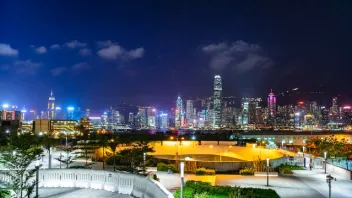
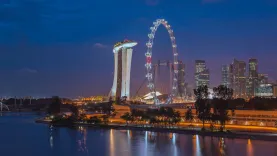

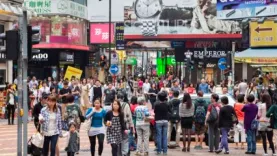


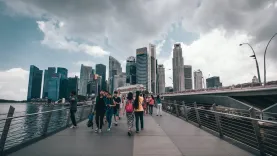

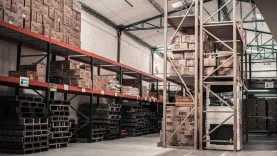

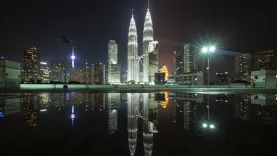



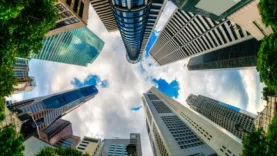

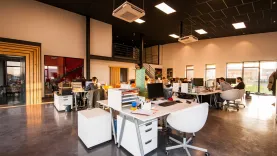

 Advertise
Advertise



